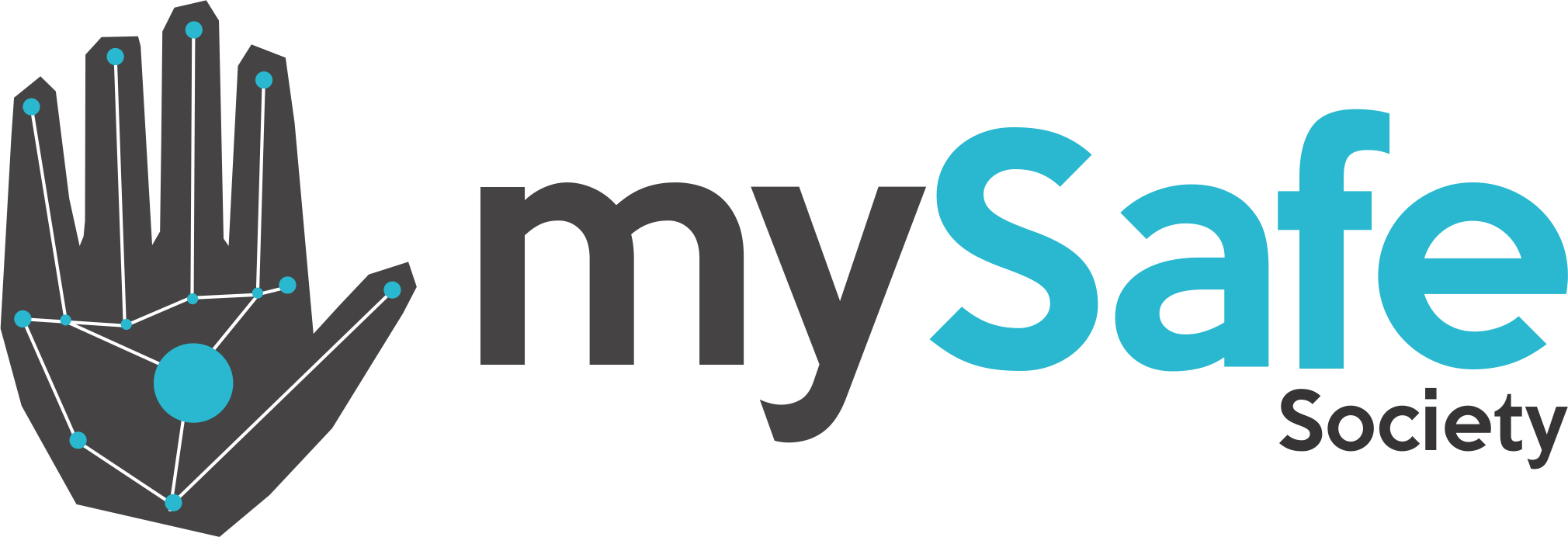It dispenses only to registered opioid users.
Kevin Jiang Published January 19 2020 MySafe | Vimeo Vitalii Turchyn | Dreamstime
MySafe | Vimeo Vitalii Turchyn | Dreamstime
Vancouver has installed the world’s first vending machine that dispenses opioids. The city is suffering from thousands of overdose-related deaths every year, believed due to a drug supply being tainted by toxic contaminants. The hydromorphone dispenser, that works like an ATM for drugs, is a free alternative to heroin.
Hey you! Subscribe to Vancouver for all the latest and greatest stories.Subscribe
The machine was created the MySafe Project and headed by Dr. Mark Tyndall, a professor of medicine in UBC’s School of Population and Public Health.
“Hydromorphone is legal and it’s cheap and people will use it,” said Tyndall to Narcity, noting that pharmacies legally prescribe the drug across the nation. “For many people, hydromorphone was an acceptable alternative to heroin.”
Weighing roughly 800-pounds, the dispenser functions like an ATM and will only dispense opioids to select, registered opioid users in its system.
Using new, biometric technology, the machine is able to recognize the vein patterns in the palms of registered people. If they’re a match, a safe dose of hydromorphone, a medicinal alternative to heroin, is dispensed.
Currently, only eight people are registered to use the machine, according to the Vancouver Sun.
The MySafe Project also released a video describing how the machine works on social media.
“At the end of the day, we had to do something about the situation where people were buying mystery drugs from criminal gigs,” said Tyndall in the video.
“We’re offering them an alternative through a safer, pharmaceutical supply of opioids,” he said.
MySafe is also working on an app that lets people track their drug usage.
The tiny hydromorphone pills cost 35 cents each and are typically taken orally or by being crushed up and injected, according to Tyndall.
He said that users typically need 10 to 16 pills a day, though it differs from person to person.
However, in his experience so far, people tend to stay at their dosage or attempt to lower their intake as a way of weaning themselves off opioids.
B.C. declared a public health emergency in 2016 in response to rising overdose-related deaths. According to the Vancouver government, over 3,600 people across the province have since lost their lives due to overdose.
The main driver behind the deaths is contamination in drug supplies by fentanyl, carfentanyl, and other contaminants.
In response, officials and activists are increasingly debating regulating heroin sales to provide clean supplies.
Tyndall said the reception has been mostly positive to the machine. However, criticisms have been pointed at the machine.
In an interview on the Jill Bennett Show with GlobalNews, B.C. addictions specialist Dr. Launette Rieb said people can still overdose on hydromorphone and that this approach doesn’t deal with the tainted stimulant supply.
Moreover, Rieb said that the machine doesn’t deal with the underlying cause of the epidemic: addiction.
In response, Tyndall said he is not interested in curing addiction because the most pressing issue is the number of people currently dying.
“I’m very concerned and hurt that thousands of people are actually dying and will never have the chance to deal with their addiction. Because they’re dead,” said Tyndall.
According to MySafe, there have been over 5000 overdose deaths in B.C. since 2015.
